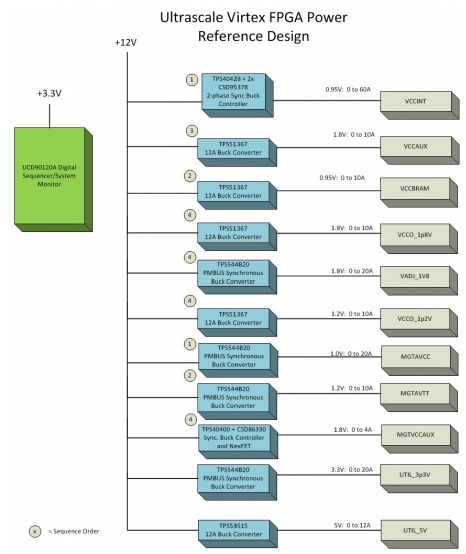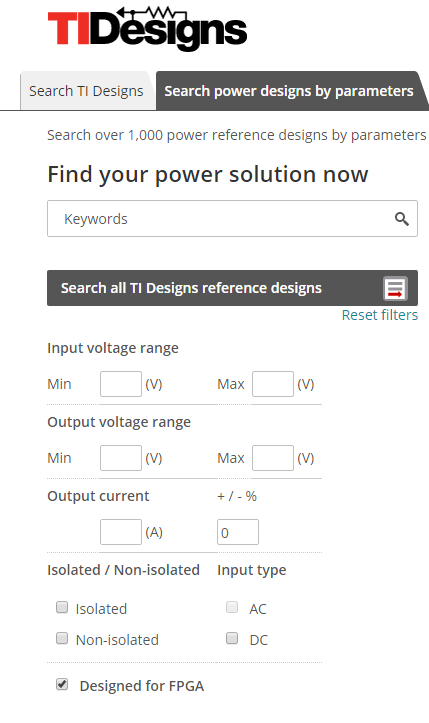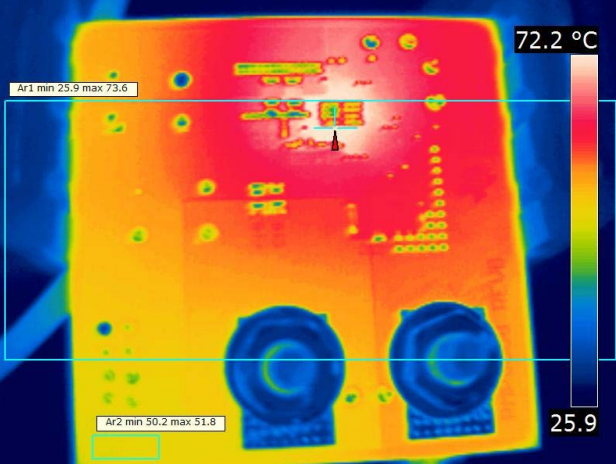SSZTBY8 november 2015 UCD90120A
If you’ve designed any type of electronic system, you have probably already worked with field-programmable gate arrays (FPGAs). FPGAs introduce a great degree of customization and flexibility into system designs by allowing you to configure logic blocks, “wired together” in countless arrangements to perform various tasks ranging from complex combinational functions to simpler logic sequences. Today’s FPGAs are increasingly becoming “mixed-signal” chips that integrate analog-to-digital converters (ADCs) and digital-to-analog converters (DACs). They also have additional signal-conditioning and processing blocks to turn them into complete system-on-chips (SoCs) for end-equipment applications such as 4G/5G wireless base stations, 100 Gigabit Ethernet switches, advanced driver-assistance systems (ADASs), cloud-enterprise storage, test and measurement, space and defense, and industrial Internet of Things (IoT).
Powering FPGAs can be challenging as load regulation becomes tighter and tighter (+/-3% for the latest FPGA core rails, including DC and AC regulation and ripple). Power sequencing can also be complex, with 10 or more voltage rails present.
You must design FPGA transceiver-rail power solutions with low output noise in mind, limiting the output voltage ripple to less than 10mV peak to peak.
On top of this, power-supply thermal performance has to be outstanding to enable reliable power designs under various operating conditions.
Figure 1 is a Xilinx Virtex UltraScale FPGA power tree with a corresponding TI Designs reference design, showing the rails for which a TI UCD90120A PMBus sequencer properly sequences the rails up and down through PMBus and TI’s Fusion Digital Power™ Graphical User Interface (GUI).
 Figure 1 Xilinx Ultrascale Virtex FPGA
TI Design Block Diagram.
Figure 1 Xilinx Ultrascale Virtex FPGA
TI Design Block Diagram.With TI’s wide breadth of power products, our Power Design Services team continuously develops optimized power solutions for the top FPGAs available in the market.
With over 1,400 TI Designs power reference designs, we have made it easy to filter for and select the ones for FPGA power. Just click on the Designed for FPGA filter in the Power Parameter search window to view the 33 FPGA power designs that are currently in our TI Designs reference design library. You can further sort each column of the results table and export the whole list to Microsoft Excel; see Figure 2.

 Figure 2 “Search for FPGA Designs” TI
Designs Filter
Figure 2 “Search for FPGA Designs” TI
Designs FilterTI power reference designs are built and tested with all the design collateral available such as schematics, bill of materials, layout files, test reports and thermal-performance data, as shown in Figure 3.
 Figure 3 FPGA TI Power Design Thermal
Image.
Figure 3 FPGA TI Power Design Thermal
Image.We are continuously updating our reference design database and have recently introduced the 30A PMBus Reference Design for Xilinx Zynq Ultrascale+ ZU9EG MPSoC FPGA Core Rail for Base Station Applications.
So if your system design plans include FPGAs, visit the TI Designs reference design library and find your FPGA power solution fast.